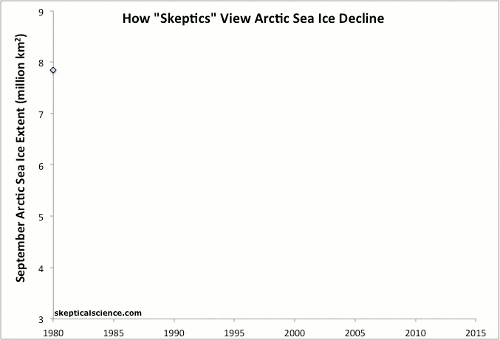I blame manmade global warming.
Experts said Arctic sea ice would melt entirely by September 2016 - they were wrong
Experts said Arctic sea ice would melt entirely by September 2016 - they were wrong
Follow along with the video below to see how to install our site as a web app on your home screen.

Note: This feature currently requires accessing the site using the built-in Safari browser.

I blame manmade global warming.
Experts said Arctic sea ice would melt entirely by September 2016 - they were wrong
Nice PowerPoint. You make that yesterday? Your lack of sources surly noted.This is a year out of date, but it summarizes your cluelessness.

Skeptical Shit Science... John Cooks Blog AKA the crayon kidsNice PowerPoint. You make that yesterday? Your lack of sources surly noted.This is a year out of date, but it summarizes your cluelessness.

Wait just one minute! I thought the experts said that the Arctic Ice would all be melted by now.
They're wrong?
Who knew?
 ....somebody looks pretty fucking stoopid now!!
....somebody looks pretty fucking stoopid now!! "quickest refreeze ever recorded"
"quickest refreeze ever recorded"
Now Ian, that is just plain stupid. 35 years is all the satellite data we have for Arctic Ice. And you don't have to put a curve on it to see that the trend is rapidly down. Given the degree of variability in the data, it is possible that we could see, briefly, and ice clear Arctic Ocean as early as next September or as late as 2030.


How does it feel to be consistently wrong?

Wait just one minute! I thought the experts said that the Arctic Ice would all be melted by now.
They're wrong?
Who knew?
If you look into the sea going vessel logs of the 1920-1930's the ice levels of today were seen then too.
